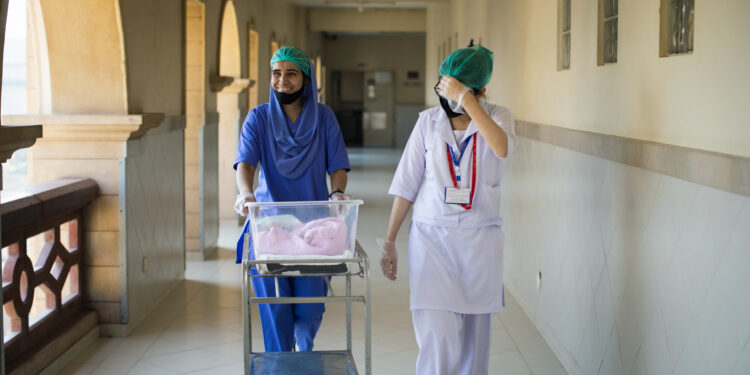Positive Action to Reduce Smoking and Second hand Smoke Exposure in Pregnancy

Background
There is widespread concern regarding the increase in young female smokers and smoking pregnant women. Smoking in pregnancy is a significant health problem for the mother and the baby. Many pregnant women and girls continue to smoke, despite being knowledgeable of the adverse health effects of smoking during pregnancy. The World Health Organization (1) estimates that 18% to 25% of women smokers quit smoking once they become pregnant. Smoking and second-hand smoke exposure in pregnancy, increases the risk of serious complications in pregnant including miscarriage, stillbirth, ectopic pregnancy, and premature labour; it also affects the health of neonates, infants and children (WHO, 2013).
The International Code of Ethics for Midwives (2) sets out midwives’ social responsibility for health promotion, stipulating that ‘midwives act as effective role models in health promotion for women throughout their life cycles, for families and for other health professionals’ and that ‘midwives participate in the development and implementation of health policies that promote the health of all women and child bearing families’. Midwives have a key role in reducing smoking among pregnant women and prospective parents.
The long-term consequences of smoking and exposure to second-hand smoke for the health of nations and individuals, especially pregnant women and babies, are of sufficient importance to target the promotion of tobacco cessation among women and girls by midwives. Smoking and second-hand smoke exposure concern the rights of the child to the avoidance of exposure to health-damaging influences, at the same time ICM recognises both the potential conflicts with the immediate wishes of the mother, her right to choices in lifestyle and the socio-psychological and biological influences on the imperative to smoke. Health professionals and community members have the responsibility to initiate actions for reducing tobacco-related health risks to women and children in particular.
(1) WHO. 2008. Report on the global tobacco epidemic, 2008 (foreword and summary). World Health Organization. 2008. pp. 8. “Tobacco is the single most preventable cause of death in the world today”. (2) ICM. 2014. International Code of Ethics for Midwives
Position
ICM acknowledges the continuing negative impact on the health of women and babies’ caused by the smoking of tobacco. ICM supports the efforts of midwives to make a difference to the long-term health of the people of their nations through actively addressing issues surrounding smoking.
ICM will:
- Co-operate with WHO and other international health organisations to oppose the epidemic of smoking
- Lobby international governmental and non-governmental organisations actively to address the issue of smoking
- Encourage its member associations in various countries to tackle the issue of smoking and support anti-smoking campaigns and programme development.
- Promote research into smoking among childbearing women with the aim of developing evidence-based strategies directed at women during the preconception, pregnancy and perinatal periods
Recommendations
ICM urges its member associations to:
- Declare their commitment to address the problem of smoking and second hand smoke exposure and to support inter-professional national efforts and the international sharing of knowledge.
- Share experiences among member associations on the effectiveness of various local and national approaches to address the issue of smoking.
- Enhance the competence of midwives in smoking cessation counselling
- Support smoking cessation among midwives, to protect their own health and help them be appropriate role models in health issues.
Related ICM Documents
Other Relevant Documents
- Kobe Declaration (WHO, November 1999)
- Bolling K, Owen L. (1997) Smoking and Pregnancy: a Survey of Knowledge, Attitudes and Behaviour. London, UK: Health Education Authority.
- Health Education Authority (1998). Smoking and Pregnancy, a Growing Problem. London, UK: Health Education Authority.
- Raw M. (1997) Action on smoking in Pregnancy. An information Pack. London. HEA
- Raw M, McNeill A, West R. (1998) Smoking Cessation Guidelines for Health Professionals. Thorax 53(supp.5 part 1) S1-19
- Royal College of Nursing and Health Education Authority (1999). Clearing the Air, a Nurse’s Guide to smoking and Tobacco Control. London, UK: RCN/HEA.
- WHO Report on the global tobacco epidemic, 2008 (foreword and summary). World Health Organization. 2008. pp. 8. “Tobacco is the single most preventable cause of death in the world today”.
- WHO. 2013. WHO Recommendations on prevention and management of tobacco use and second-hand smoke exposure in pregnancy
Adopted at Vienna Council meeting, 2002
Reviewed at Toronto Council meeting 2017
Due for next review 2023
PS2011_018V2017
